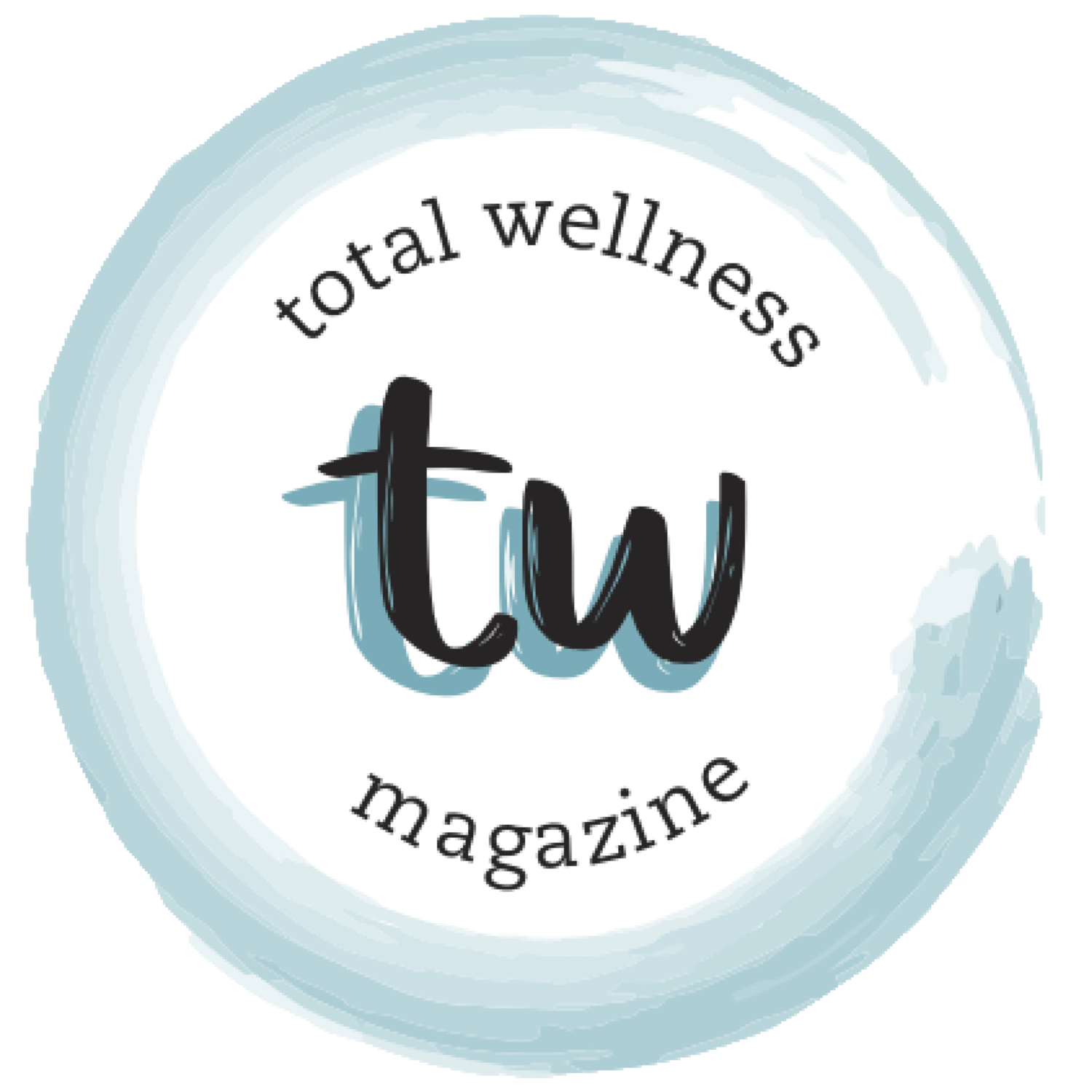Food Label Myths, Debunked!
by Rachel Tsao
We have all fallen prey to the savvy food marketing industry. In fact, Cornell study shows that health claims on food packages lead consumers to perceive the products to be healthier than they actually are. [1] And before we know it, we are spending way too much money on food that we think is good for us but in reality offers no legitimate nutritional payoff. In this article, learn to become a food detective and quickly recognize which food labels are simply part of a shrewd marketing gimmick.
“Organic” isn’t always organic
USDA certified organic foods “rely on natural substances and physical, mechanical, or biologically based farming methods to the fullest extent possible.” [2] This means, by definition, that plants are grown without the use of conventional pesticides; that animals are given no antibiotics or growth hormones, and are reared in conditions that resemble their natural environments. However, the organic food industry isn’t always all it's cracked up to be. In reality, it instills a false narrative of peace and harmony.
Take organic eggs, for example. They must come from “free-range” chickens that are fed 100% organic feed, and receive no antibiotics or hormones. The term “free-range”, however, has no regulatory definition other than being given “access to the outdoors”. There are no requirements for size, environmental quality, or duration of time spent in the outdoors. The chicken could technically have access to an exit that leads to the outdoors while locked in a shed with 2,000 other chickens with increased chance of disease transmission, and still be certified organic.
What to do
Buy locally sourced products by supporting small-scale farmers in your community. This not only cuts down on processing, packaging, and transportation, but also is better and safer for you.
What does “natural” mean, anyway?
“Natural” is labeled on products that contain no artificial flavors, artificial colors, and synthetic additives. This term, however, remains unregulated; it can address either food production or food manufacturing, or both. As a result, there is no guarantee that the “natural” product actually involves fewer artificial ingredients or a cleaner manufacturing process than its conventional counterpart.
What to do
Stick with foods made with healthy, wholesome ingredients.
A grain of truth about whole grains
Whole grains contain more fiber and nutritional value than those that have been refined, since they include all parts of the grain kernel: the bran, the germ, and the endosperm. But be skeptical if you see the words “whole wheat" on its own—the product is likely not made entirely of whole grains. In fact, according to USDA guidelines, foods with at least 51% whole grain ingredients are considered “whole grain”, meaning that 49% can be refined white flour (which is usually the case). [3]
What to do
Purchase foods that are labelled “100% whole grain”.
Is less really more?
Just because a food is low-fat does not necessarily mean it is healthy. In fact, these foods often have added sugars and salt to compensate for the loss of taste and texture after the fats have been removed. Research also shows that you are likely to end up eating more of the low-fat alternative than the full-fat original, simply because you think you are making the healthier choice. [4] This can clearly lead to counterproductive results.
What to do
Always read the ingredients listed on the back to prevent yourself from succumbing to the allure of health claims.
BOTTOM LINE
Food labels have the power to lead people astray. But as long as you read the List of Ingredients and Nutrition Facts Tables on the back of food packaging, you should be well on your way to making the best food choices during your next visit to the supermarket.
References
“How do front and back package labels influence beliefs about health claims?” J Consum Aff. (2003).
“Organic 101: What the USDA organic label means.” usda.gov. (2012).
“Health claim notification for whole grain foods.” fda.gov. (2008).
“Is less always more? The effects of low-fat labeling and caloric information on food intake, calorie estimates, taste preference, and health attributions.” Appetite. (2013).







